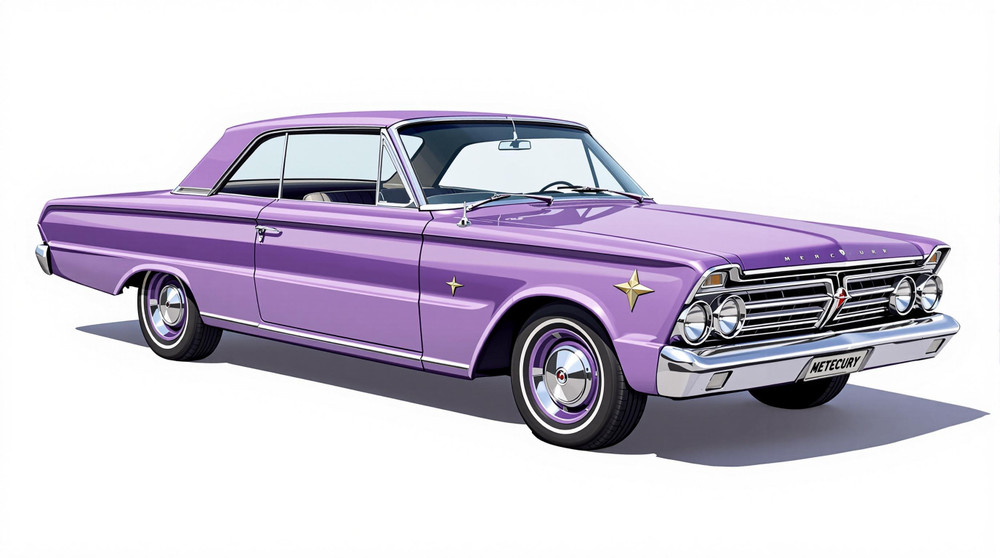Image of 1963 Mercury Meteor, Note: These illustrations use artistic license and may differ from actual historical models.
Performance Metrics
Fundamental Metrics
Emotional Appeal
MMP Rating
| Engine Specifications | |
|---|---|
| Engine: | 170 CID I6, 260 CID V8, 289 CID V8 |
| Displacement: | 170-289 cubic inches |
| Horsepower: | 101-210 hp |
| Torque: | 156-300 lb-ft |
| Compression Ratio: | 8.7:1 - 9.0:1 |
| Ignition System: | Conventional, distributor |
| Cooling System: | Liquid-cooled |
| Performance Specifications | |
| 0-60 Time: | 10-12 seconds |
| 1/4 Mile Time: | 17-19 seconds |
| Top Speed: | 105-115 mph |
| Transmission and Drive | |
| Drive Type: | Rear-wheel drive |
| Transmission Type: | 3-speed manual, 2-speed automatic, 4-speed manual |
| Fuel and Efficiency | |
| Fuel System Type: | Carburetor |
| MPG: | 15-20 mpg |
| Dimensions and Brakes | |
| Brakes: | Drum brakes |
| Wheelbase: | 115 inches |
| Weight: | 3000-3500 lbs |
Note: Specifications for classic cars are given to the best of our ability, considering the limited and variant data available.
Unveiling the 1963 Mercury Meteor
The 1963 Mercury Meteor emerges as a testament to American automotive ingenuity, nestled between the dawn of the space age and the muscle car era. Born from the ambitious minds at Mercury, a division of the Ford Motor Company, this mid-size sedan was crafted to bridge the gap between Ford's basic models and the more luxurious Lincolns. The Meteor's launch coincided with America's fascination with space exploration, a theme reflected in its very name. A notable moment in its history is its cameo in the backdrop of President Kennedy's Camelot, adding a layer of cultural significance to its metallic sheen.
Design and Innovation
With a design that captured the essence of 60s optimism, the Meteor's exterior styling featured clean lines and subtle chrome accents that exuded understated elegance. Inside, passengers were greeted with a cabin that prioritized comfort and simplicity, utilizing materials that were considered premium for its class at the time. Technologically, it boasted advancements like optional power steering and a push-button radio, conveniences that were starting to become standard fare in American automobiles. The color palette ranged from dignified Oxford Gray to vibrant Peacock Blue, with hues like Sultana White finding favor among buyers. Body styles included sedans, coupes, and station wagons, with the S-33 sports coupe variant capturing hearts with its bucket seats and sporty demeanor.
Historical Significance
The Meteor's contribution to automotive design was subtle yet significant. It offered a blend of affordability and luxury that would become more prevalent in later decades. Its presence also helped solidify Mercury's reputation as a purveyor of mid-range vehicles with an upscale touch—a niche that many manufacturers would seek to fill.
Performance and Handling
Underneath its hood lay options ranging from a modest inline-six to a more robust V8 engine. While not designed as a speed demon, select V8 models could achieve 0-60 mph in under 10 seconds—a respectable figure for its time. On the road, the Meteor handled with poise; its suspension absorbed imperfections while maintaining composure on twisty paths. Drivers often praised the smooth ride and noted the distinct purr of the engine—a sound that evoked the era's love affair with motor travel.
Ownership Experience
The 1963 Mercury Meteor was versatile enough to serve as a reliable daily driver or take center stage at classic car shows. Its mechanical simplicity meant that maintenance was straightforward for those familiar with Ford's lineup of engines and parts. However, some components unique to Mercury could pose challenges when it came to repairs.
Fun Facts
This classic has graced both small-town roads and silver screens alike. While not known for breaking records or high-profile celebrity ownerships, it holds a special place in Americana as part of Mercury's storied legacy. The Meteor faced criticism for being neither here nor there—caught between luxury and economy without committing fully to either.
Collector's Information
Today, collectors might find a well-preserved 1963 Mercury Meteor valued within a range from $10,000 for an average condition model up to $30,000 or more for pristine examples or rare configurations. Production numbers were not exceedingly high compared to some mass-produced contemporaries, making well-maintained Meteors relatively rare finds. As interest in mid-century Americana grows, values for vehicles like the Meteor have shown an appreciating trend among classic car enthusiasts.
Conclusion
The 1963 Mercury Meteor stands as more than just another vintage vehicle; it is a slice of American history on wheels. With its balanced design and embodiment of an era filled with hope and innovation, it continues to captivate classic car aficionados around the globe.
1963 Mercury Meteor Catalog of Parts
 1963 Mercury Meteor Power Steering Stop Insulator. Die stamped. 1-7/16" O.D-BN 107-APower Steering Stop Insulator. Die stamped. 1-7/16" O.D., 1-1/16" I.D., .808 thick. Each
1963 Mercury Meteor Power Steering Stop Insulator. Die stamped. 1-7/16" O.D-BN 107-APower Steering Stop Insulator. Die stamped. 1-7/16" O.D., 1-1/16" I.D., .808 thick. Each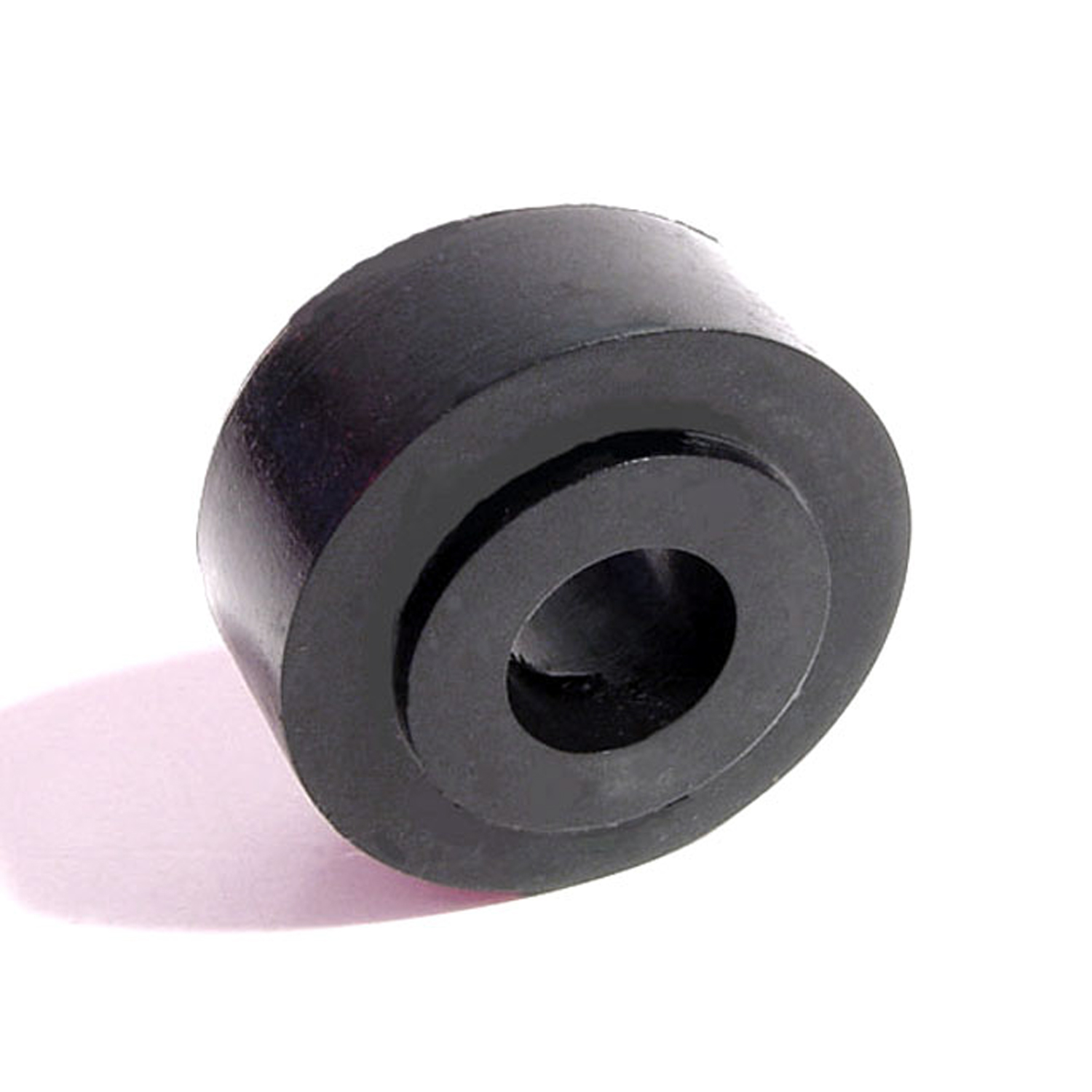 1963 Mercury Meteor Shock Absorber Grommet. 1-1/4" bottom O.D., 1" high-BN 12Shock Absorber Grommet. 1-1/4" bottom O.D., 1" high., with 3/4" I.D. Each
1963 Mercury Meteor Shock Absorber Grommet. 1-1/4" bottom O.D., 1" high-BN 12Shock Absorber Grommet. 1-1/4" bottom O.D., 1" high., with 3/4" I.D. Each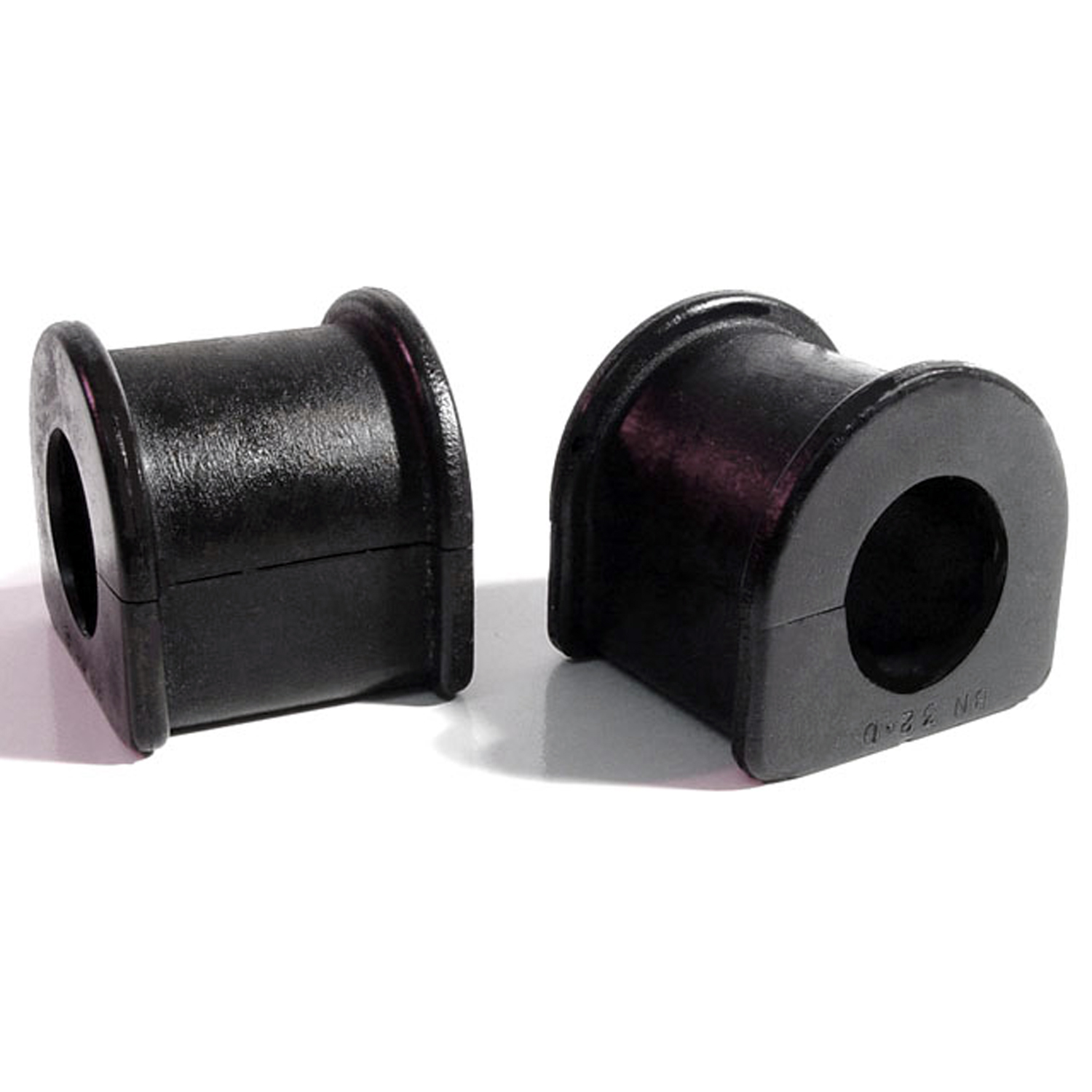 1963 Mercury Meteor Stabilizer Bar Bushings-BN 32-DStabilizer Bar Bushings. 1-9/16" long X 1-1/2" wide X 1-5/8" high, 15/16" I.D. Pair
1963 Mercury Meteor Stabilizer Bar Bushings-BN 32-DStabilizer Bar Bushings. 1-9/16" long X 1-1/2" wide X 1-5/8" high, 15/16" I.D. Pair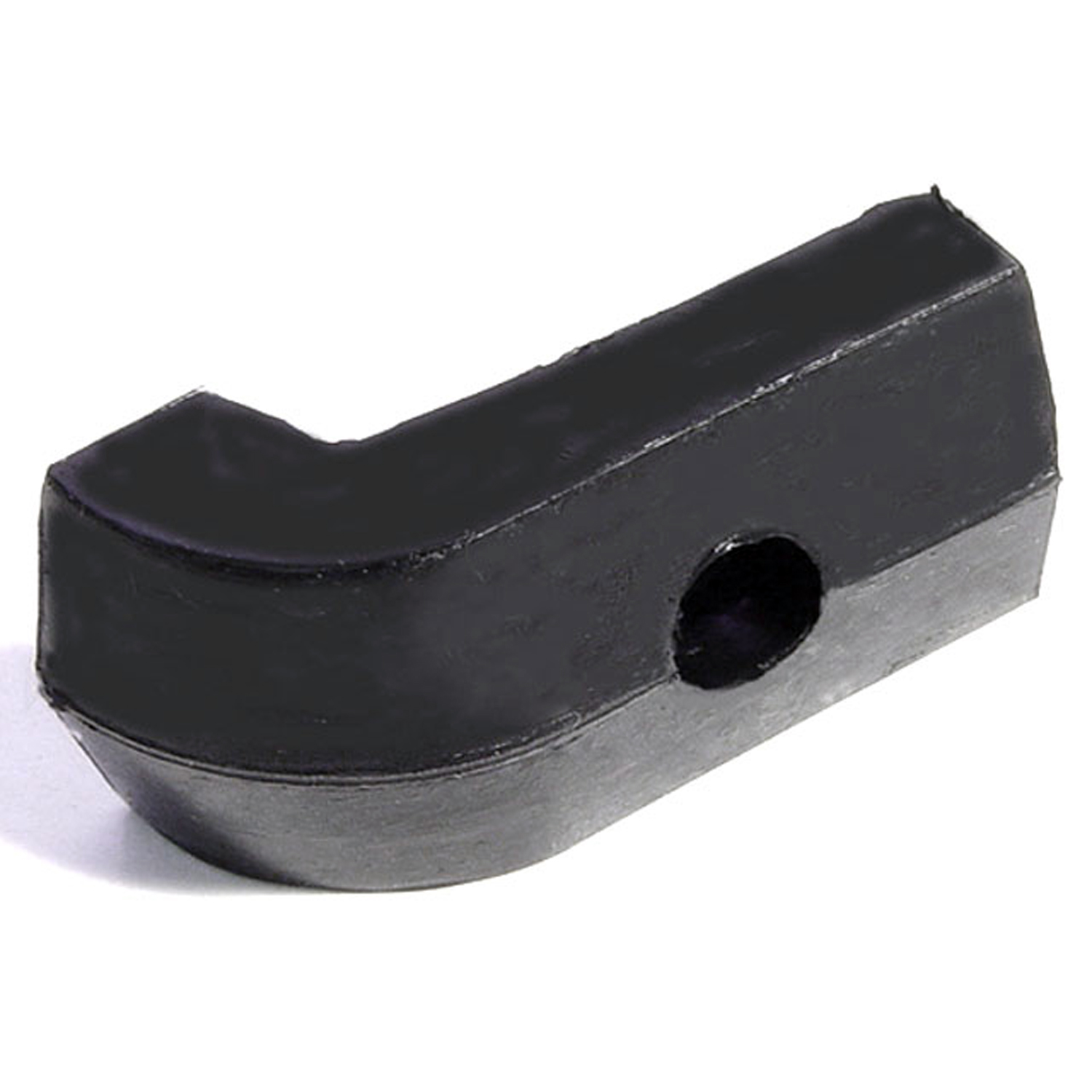 1963 Mercury Meteor Hood Bumper. Made with steel core. Held by screw. Each-HF 40Hood Bumper. Made with steel core. Held by screw. Each
1963 Mercury Meteor Hood Bumper. Made with steel core. Held by screw. Each-HF 40Hood Bumper. Made with steel core. Held by screw. Each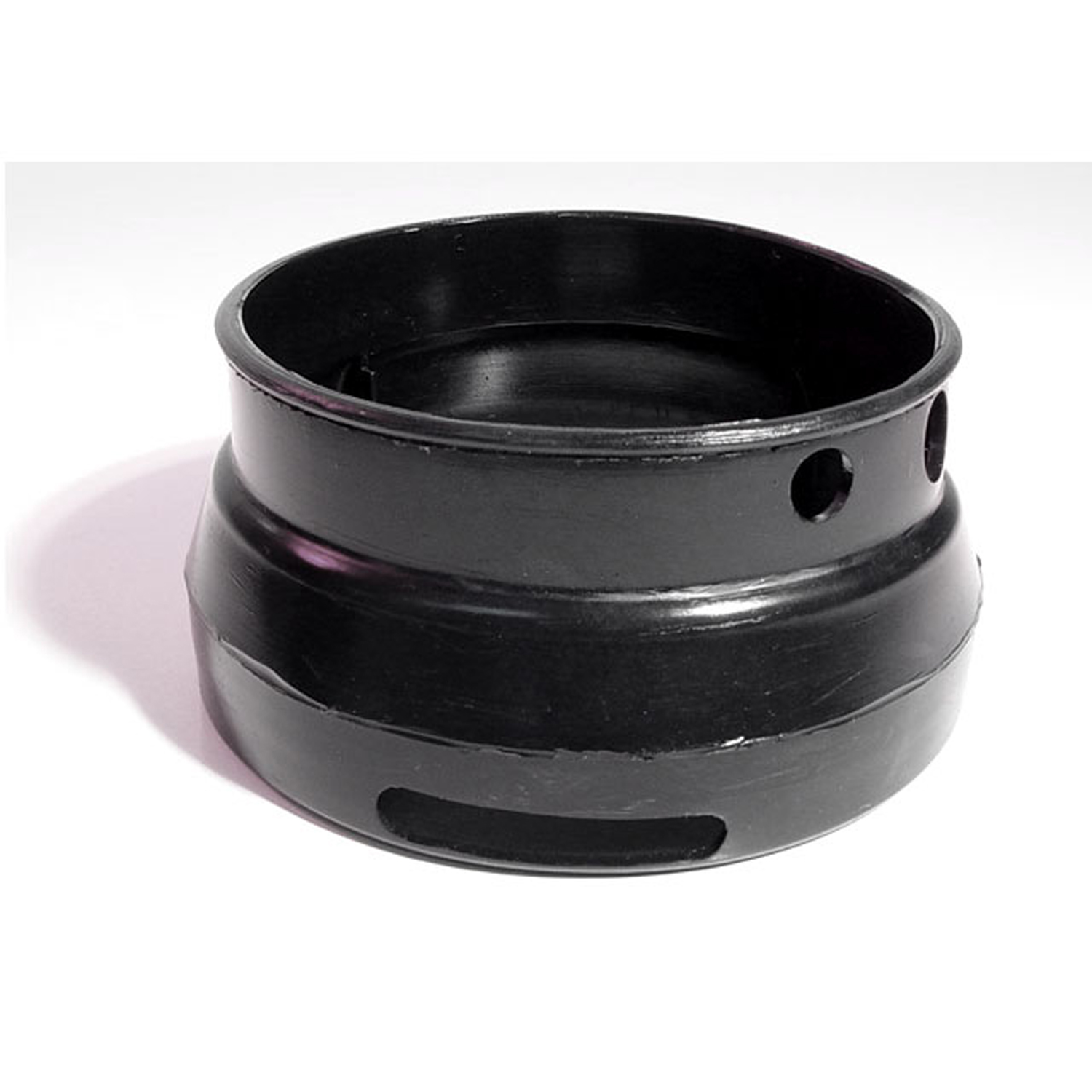 1963 Mercury Meteor Generator Boot. Replaces OEM #C1AZ10170B-RP 2-FGenerator Boot. Replaces OEM #C1AZ10170B. Note: Notch may have to be cut by purchaser. Each
1963 Mercury Meteor Generator Boot. Replaces OEM #C1AZ10170B-RP 2-FGenerator Boot. Replaces OEM #C1AZ10170B. Note: Notch may have to be cut by purchaser. Each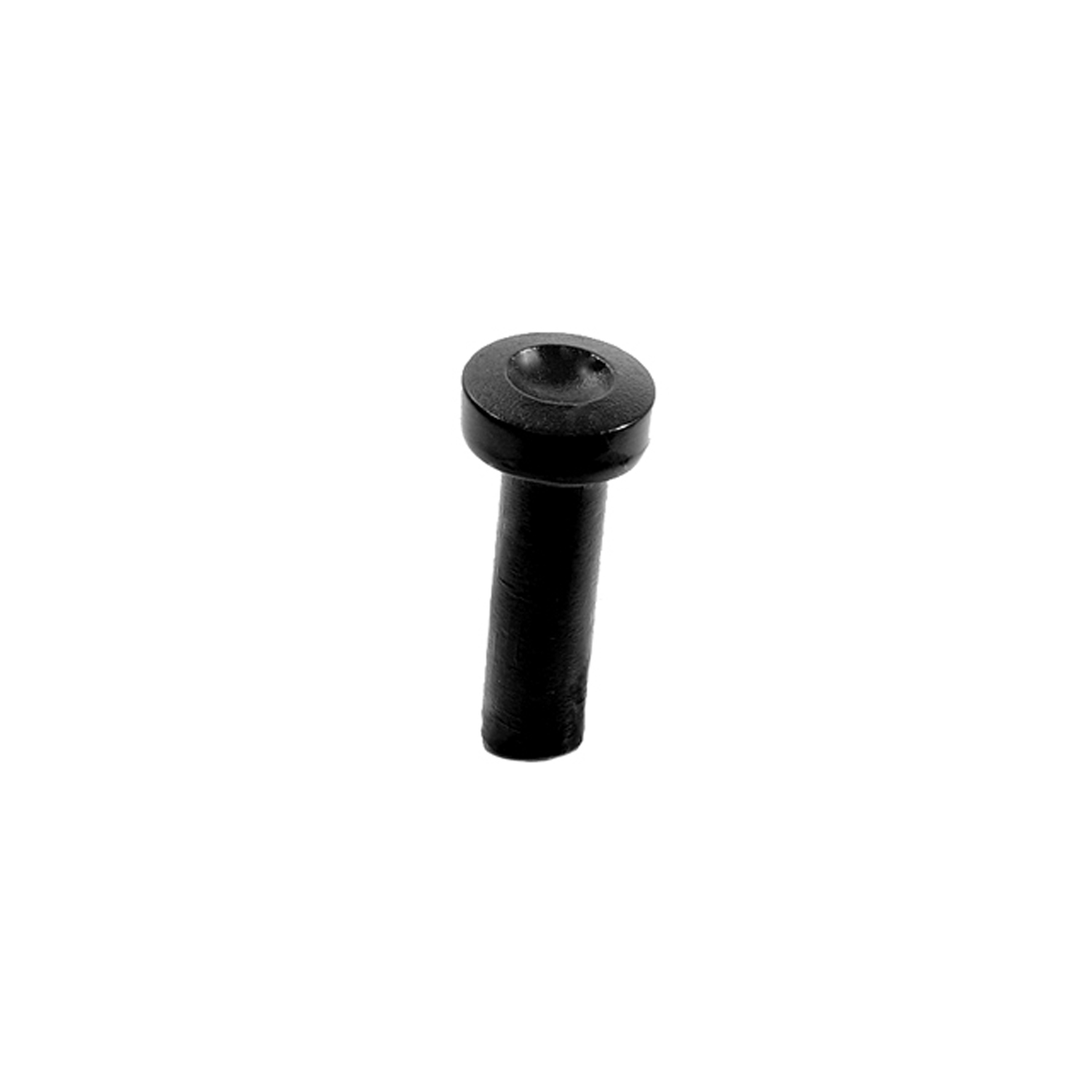 1963 Mercury Meteor Door Lock Knob. Black Rubber. Each-RP 306Door Lock Knob. Black Rubber. Each
1963 Mercury Meteor Door Lock Knob. Black Rubber. Each-RP 306Door Lock Knob. Black Rubber. Each 1963 Mercury Meteor Door Lock Knob. 1-1/2" high. Made of red rubber. Each-RP 306-ADoor Lock Knob. 1-1/2" high. Made of red rubber. Each
1963 Mercury Meteor Door Lock Knob. 1-1/2" high. Made of red rubber. Each-RP 306-ADoor Lock Knob. 1-1/2" high. Made of red rubber. Each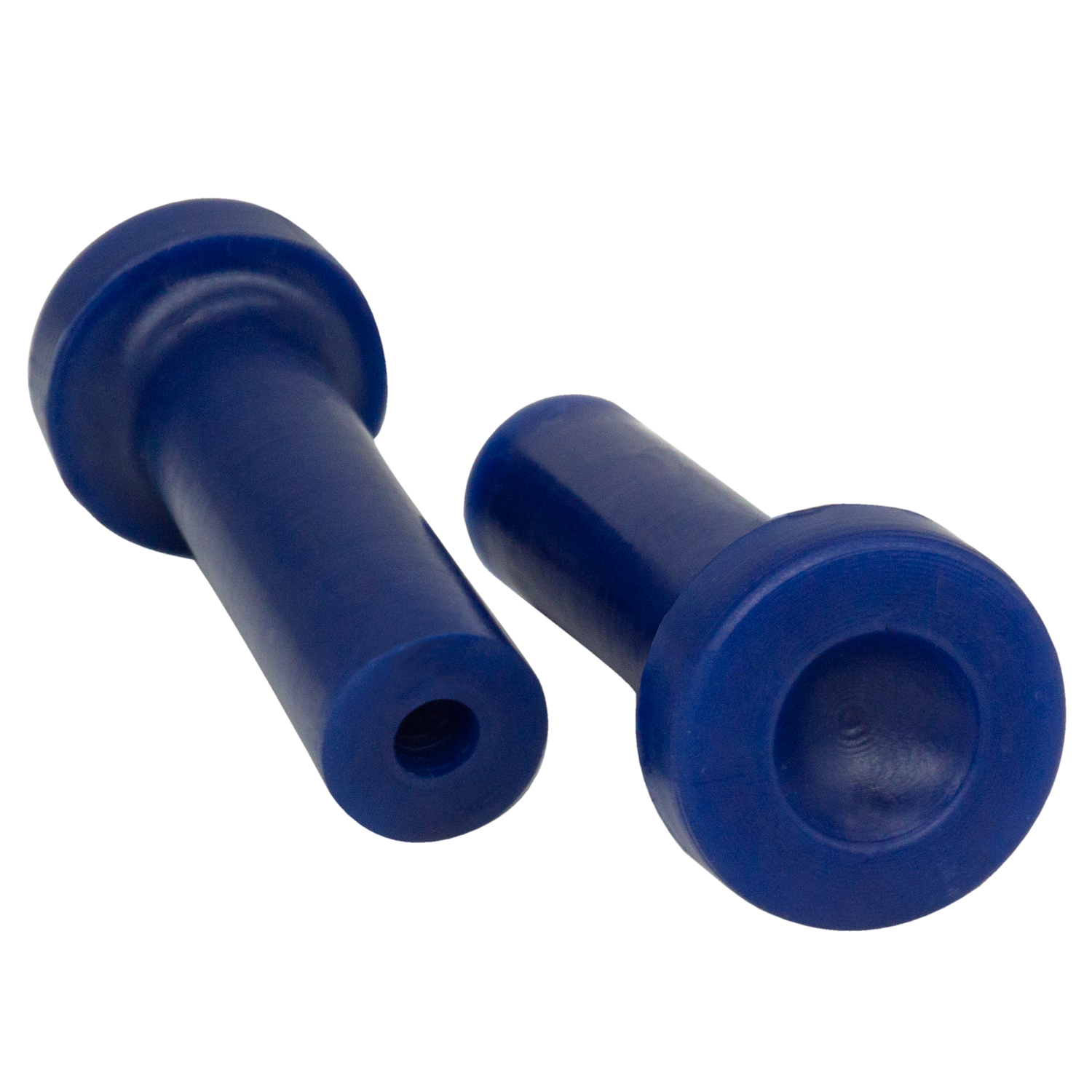 1963 Mercury Meteor Door Lock Knob. 1-1/2" high. Made of blue rubber. Each-RP 306-BDoor Lock Knob. 1-1/2" high. Made of blue rubber. Each
1963 Mercury Meteor Door Lock Knob. 1-1/2" high. Made of blue rubber. Each-RP 306-BDoor Lock Knob. 1-1/2" high. Made of blue rubber. Each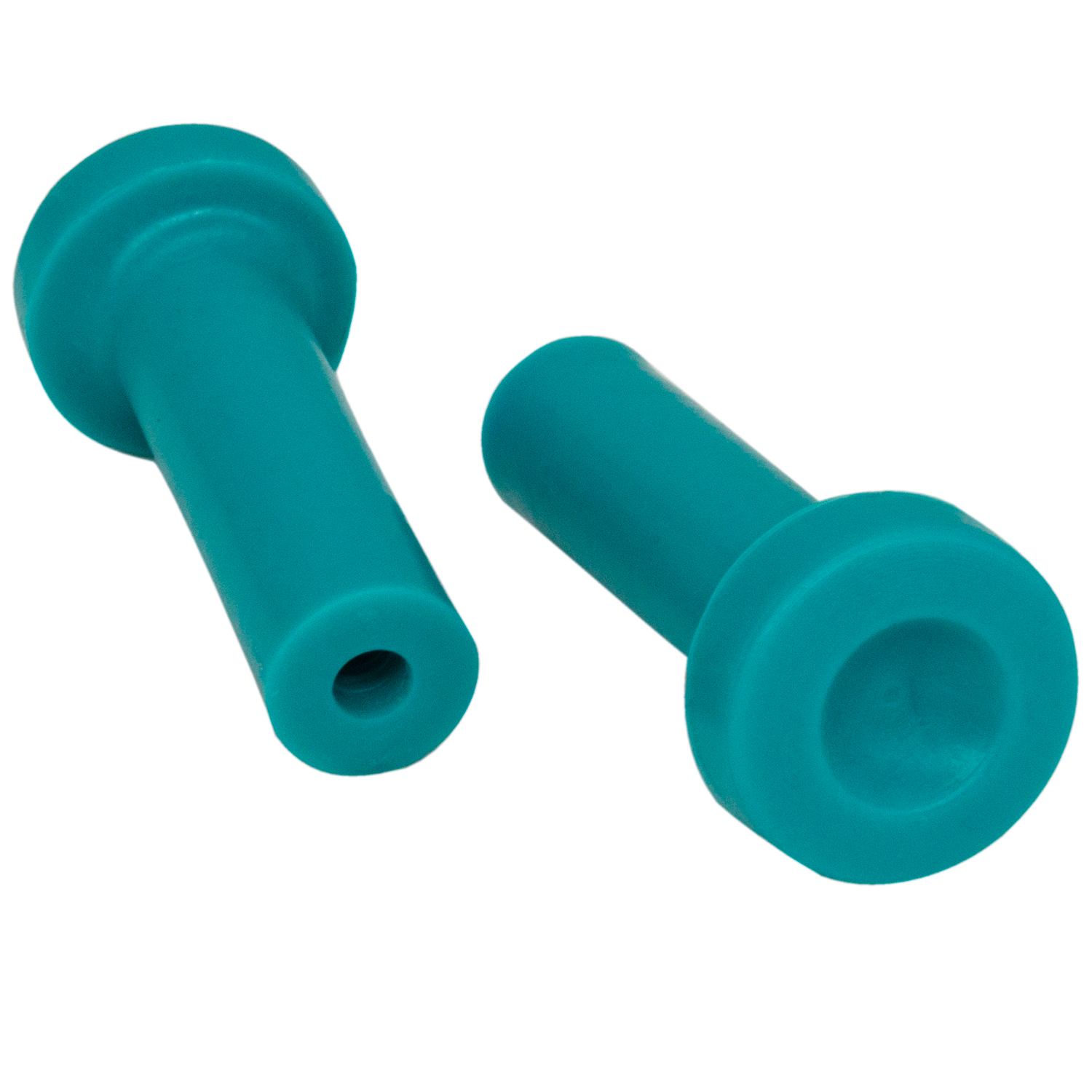 1963 Mercury Meteor Door Lock Knob. 1-1/2" high. Made of turquoise rubber-RP 306-CDoor Lock Knob. 1-1/2" high. Made of turquoise rubber. Each
1963 Mercury Meteor Door Lock Knob. 1-1/2" high. Made of turquoise rubber-RP 306-CDoor Lock Knob. 1-1/2" high. Made of turquoise rubber. Each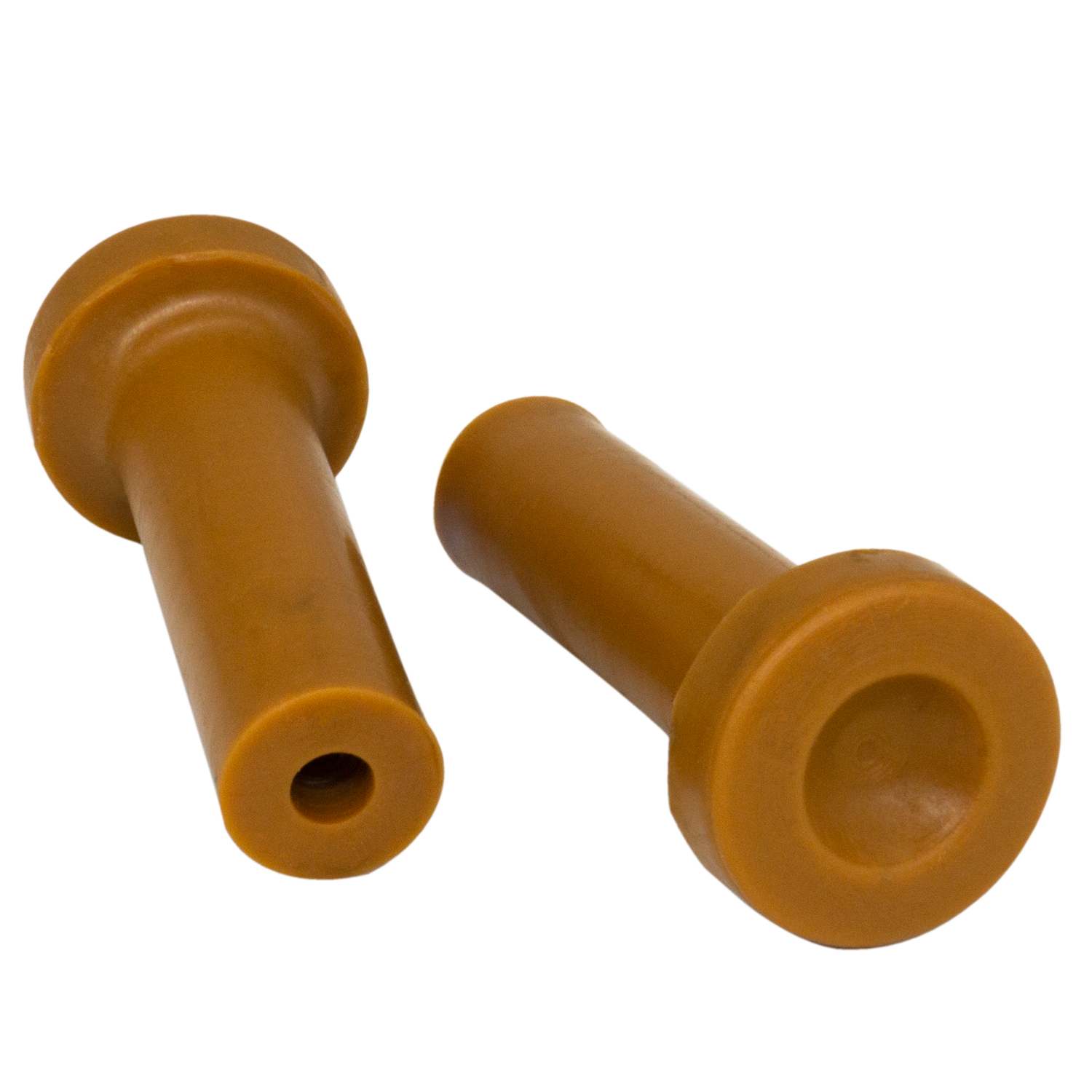 1963 Mercury Meteor Door Lock Knob. 1-1/2" high. Made of beige rubber. Each-RP 306-DDoor Lock Knob. 1-1/2" high. Made of beige rubber. Each
1963 Mercury Meteor Door Lock Knob. 1-1/2" high. Made of beige rubber. Each-RP 306-DDoor Lock Knob. 1-1/2" high. Made of beige rubber. Each 1963 Mercury Meteor Brake Booster Boot. Each-RP 32-AABrake Booster Boot. Each
1963 Mercury Meteor Brake Booster Boot. Each-RP 32-AABrake Booster Boot. Each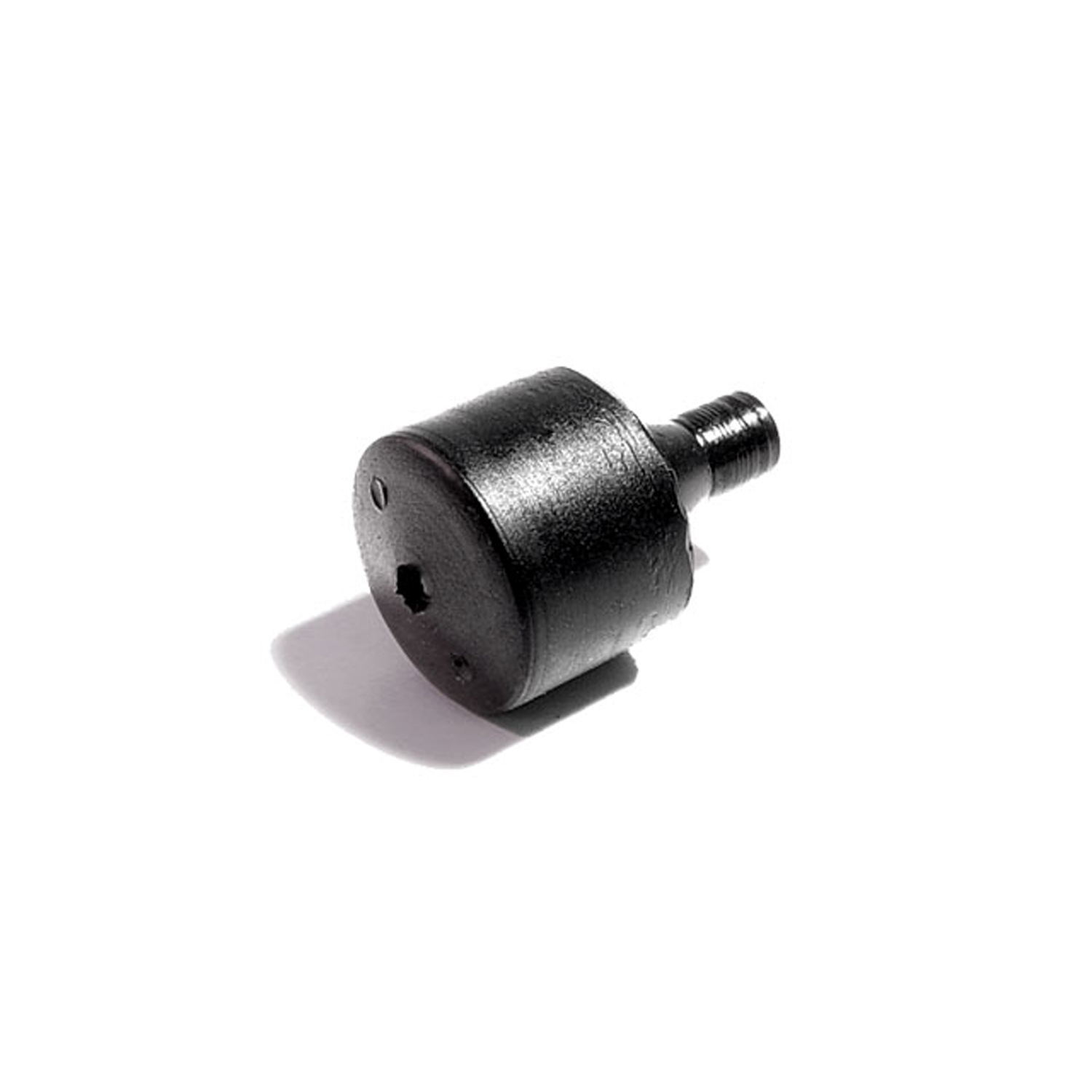 1963 Mercury Meteor Deck Lid Bumper. Replaces OEM #C20Z-6243634A. Each-SB 30-BDeck Lid Bumper. Replaces OEM #C20Z-6243634A. Each
1963 Mercury Meteor Deck Lid Bumper. Replaces OEM #C20Z-6243634A. Each-SB 30-BDeck Lid Bumper. Replaces OEM #C20Z-6243634A. Each 1963 Mercury Meteor Hood Bumper. Snap-in wire base like original. Each-SB 89-AHood Bumper. Snap-in wire base like original. Each
1963 Mercury Meteor Hood Bumper. Snap-in wire base like original. Each-SB 89-AHood Bumper. Snap-in wire base like original. Each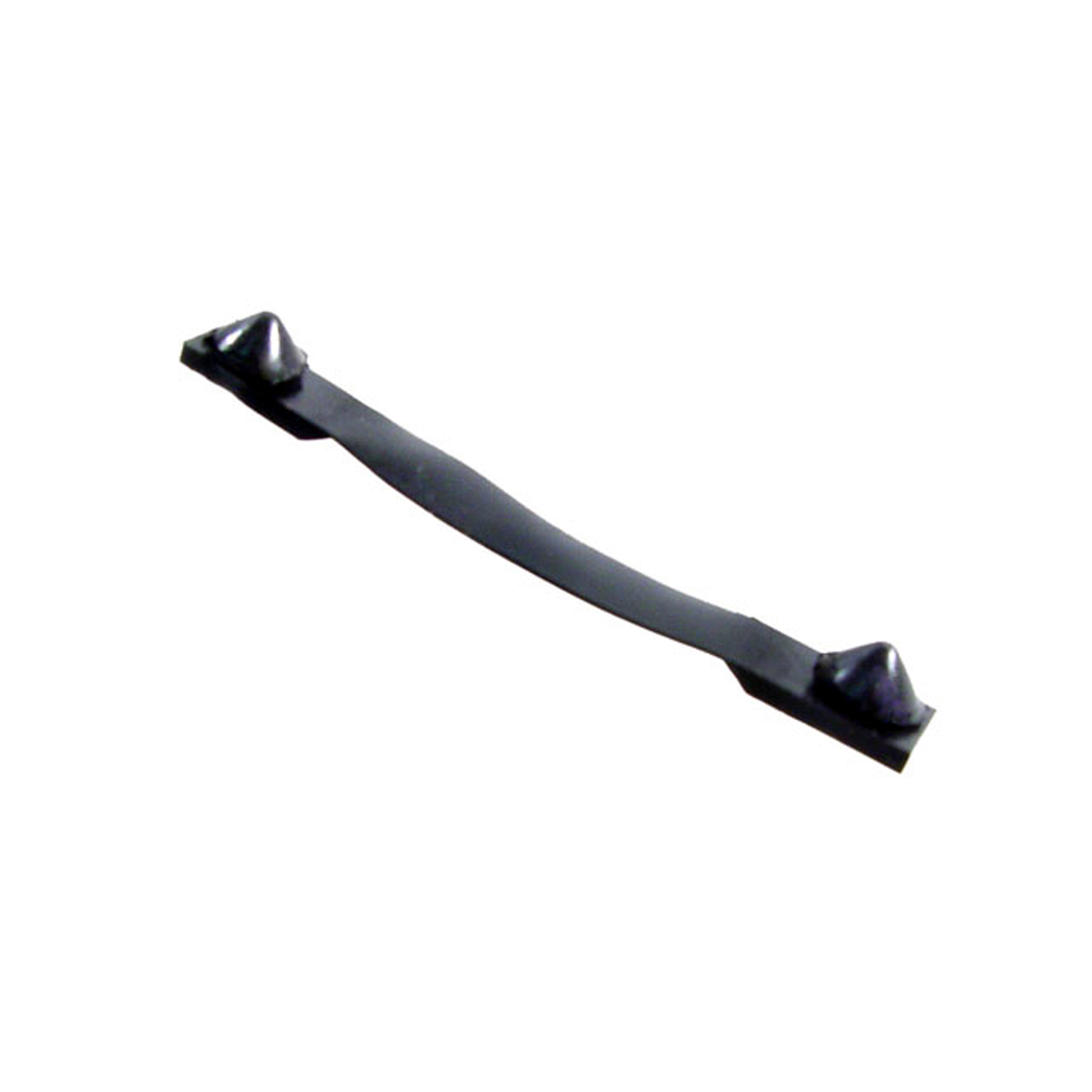 1963 Mercury Meteor Door & Tailgate Bottom Drain Seal-SM 64-ADoor & Tailgate Bottom Drain Seal. Uses up to 10 per car or 12 per station wagon. Replaces OEM #C3AZ6220700B. 3" Long. Each
1963 Mercury Meteor Door & Tailgate Bottom Drain Seal-SM 64-ADoor & Tailgate Bottom Drain Seal. Uses up to 10 per car or 12 per station wagon. Replaces OEM #C3AZ6220700B. 3" Long. Each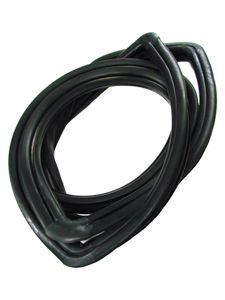 1963 Mercury Meteor Windshield Seal Fits 62-65 Fairlane 2&4 Door Sedan And Wagon-VWS 0619This windshield seal fits all styles except for the 2 door hardtops. This gasket works with chrome trim.
1963 Mercury Meteor Windshield Seal Fits 62-65 Fairlane 2&4 Door Sedan And Wagon-VWS 0619This windshield seal fits all styles except for the 2 door hardtops. This gasket works with chrome trim.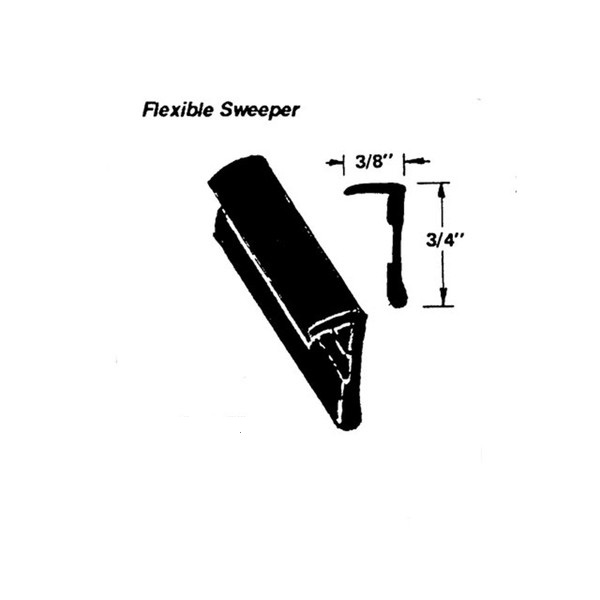 1963 Mercury Meteor Flexible Sweeper. Made of rubber-WC 23-/FTFlexible Sweeper. Made of rubber. Seal for outside of side window. Sold by the foot
1963 Mercury Meteor Flexible Sweeper. Made of rubber-WC 23-/FTFlexible Sweeper. Made of rubber. Seal for outside of side window. Sold by the foot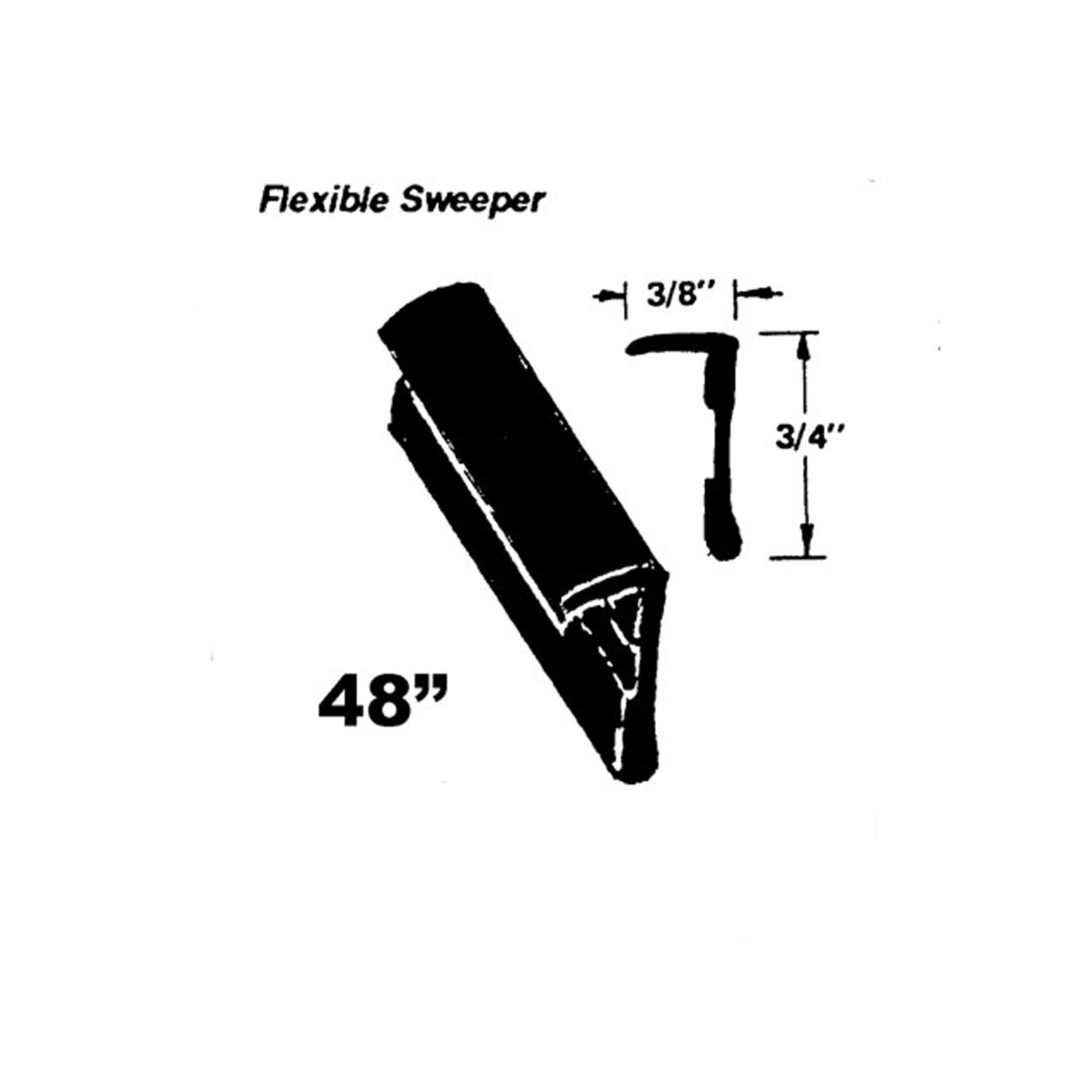 1963 Mercury Meteor Flexible Sweeper. Made of rubber-WC 23-48Flexible Sweeper. Made of rubber. Seal for outside of side window. 48" Piece. Each
1963 Mercury Meteor Flexible Sweeper. Made of rubber-WC 23-48Flexible Sweeper. Made of rubber. Seal for outside of side window. 48" Piece. Each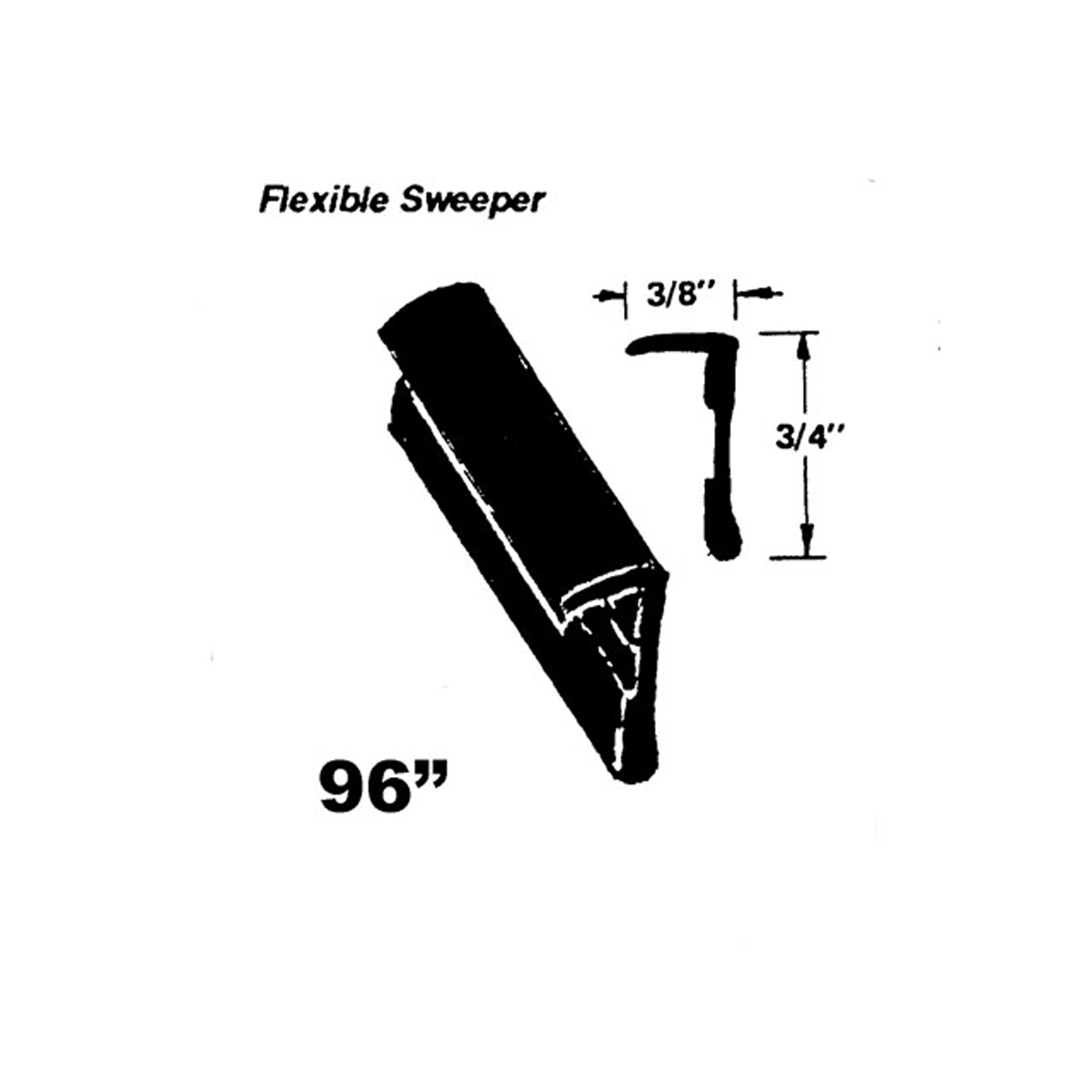 1963 Mercury Meteor Flexible Sweeper. Made of rubber-WC 23-96Flexible Sweeper. Made of rubber. Seal for outside of side window. 96" Piece. each
1963 Mercury Meteor Flexible Sweeper. Made of rubber-WC 23-96Flexible Sweeper. Made of rubber. Seal for outside of side window. 96" Piece. eachWhy Choose Metro?
For over 100 years, Metro Moulded Parts has been the pinnacle of quality in classic car restoration parts. Our commitment to precision and authenticity in every component ensures a perfect fit and an OEM-level appearance.
- Expert Craftsmanship & Quality: Each part is a testament to our dedication to reliability and perfection, crafted from original designs and thoroughly tested.
- Advanced Technology: We use cutting-edge techniques to create flawless, long-lasting parts that surpass others in performance.
- SuperSoft Sponge – The Ultimate Door Seal: Not only are our door seals 30% softer than competitors', but they're also guaranteed to never leak. They effectively reduce wind and road noise, enhancing your classic car's comfort and driving experience.
- Proudly American: Our parts are a product of American craftsmanship, made in the USA with a spirit of excellence and heritage.
- Unrivaled Warranty: We back our products with a 30-year industry-leading warranty, a testament to our confidence in their quality.
Join us in preserving the legacy of classic cars with parts that are crafted for perfection, not just made.

